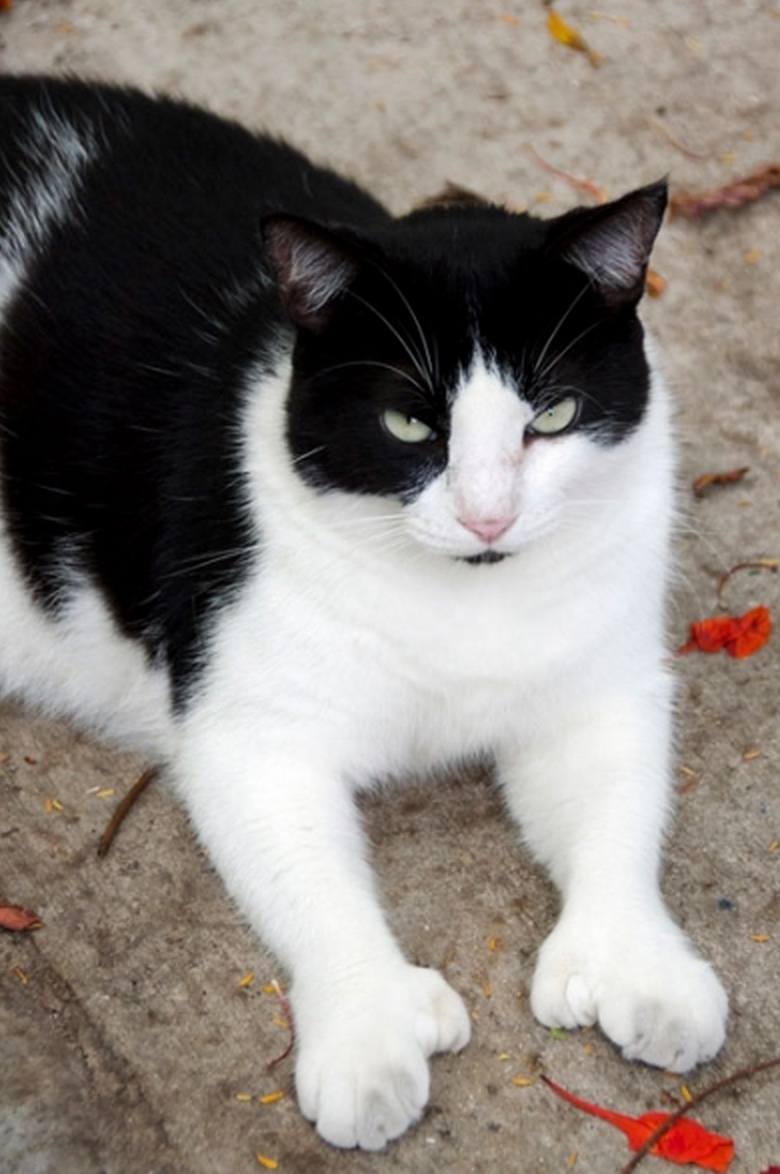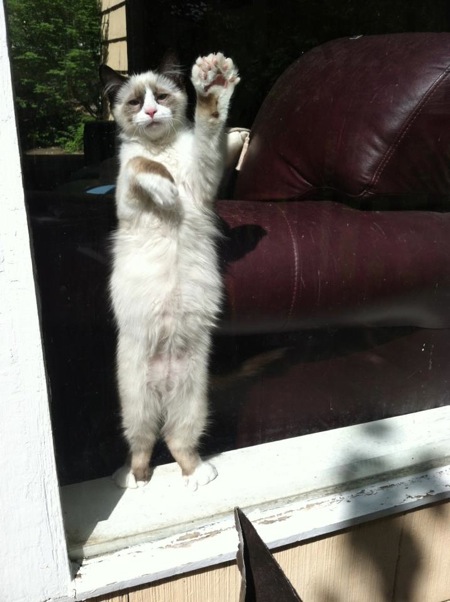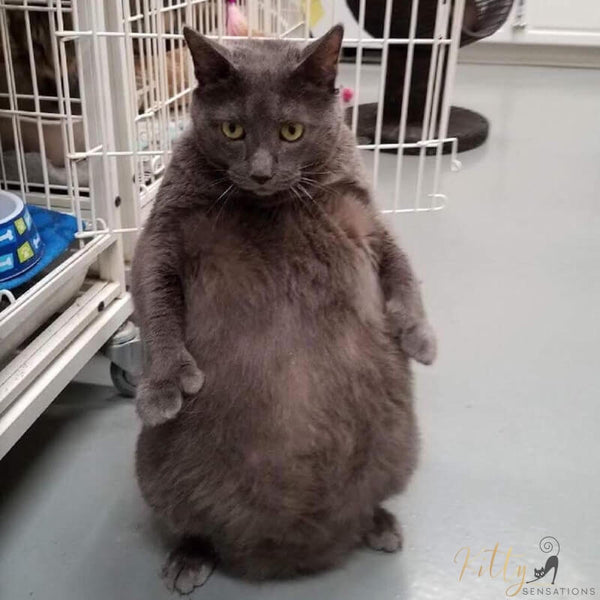

In the mutant mirroring smaller ectopic expression in a new organiser region is seen on the posterior side of the limb. From there it diffuses anteriorly, laterally to the growth direction of the limb. Normally SHH is expressed in an organiser region, called the zone of polarizing activity (ZPA) on the posterior limb side. An ectopic expression of SHH is seen on the anterior side of the limb.

ZRS is a noncoding element, 800 kilobasepairs (kb) remote to the target gene SHH. In the case of preaxial polydactyly of the Maine Coon cat (Hemingway mutant) a mutation of the cis-regulatory element ZRS (ZPA regulator sequence) is associated. Further details may exist on the talk page. Please expand the section to include this information. This section is missing information about patterns of inheritance. The polydactyl form of the Maine Coon is being reinstated by some breeders. The American Polydactyl is not to be confused with the pedigree Maine Coon Polydactyl. Two specific breeds recognized by some cat fancier clubs are the American Polydactyl and Maine Coon Polydactyl.Īmerican Polydactyl cats are bred as a specific cat breed, with specific physical and behavioral characteristics in addition to extra digits. Nicknames for polydactyl cats include Hemingway cats, mitten cats, conch cats, boxing cats, mitten-foot cats, snowshoe cats, thumb cats, six-fingered cats, and Cardi-cats. Because of his love for these animals, polydactyl cats are sometimes referred to as "Hemingway cats." Naming Upon Hemingway's death in 1961, his former home in Key West, Florida became a museum and a home for his cats, and it currently houses approximately 50 descendants of his cats (about half of which are polydactyl). Īuthor Ernest Hemingway became a famous aficionado of polydactyl cats after a ship captain gave him a six-toed cat that he named Snow White. Genetic work studying the DNA basis of the condition indicates that many different mutations in the same ZRS area can all lead to polydactyly. The rarity of polydactyl cats in Europe may be because they were hunted and killed based on superstitions about witchcraft. Some sailors thought they bring good luck at sea.

Contributing to the spread of polydactyl cats by this means, sailors were long known to value polydactyl cats especially for their extraordinary climbing and hunting abilities as an aid in controlling shipboard rodents. Although there is some controversy over whether the most common variant of the trait originated as a mutation in New England or was brought there from Britain, there seems to be agreement that it spread widely as a result of cats carried on ships originating in Boston, Massachusetts, and the prevalence of polydactyly among the cat population of various ports correlates with the dates when they first established trade with Boston. Polydactyl cats have been extremely popular as ship's cats. The condition seems to be most commonly found in cats along the East Coast of North America (in the United States and Canada) and in South West England, Wales and Kingston-upon-Hull. Polydactyly is most commonly found on the front paws only it is rare for a cat to have polydactyl hind paws only, and polydactyly of all four paws is even less common. Various combinations of anywhere from four to seven toes per paw are common. Both Jake, a Canadian polydactyl cat, and Paws, an American polydactyl cat, were recognised by Guinness World Records as having the highest number of toes on a cat, 28. Normal cats have a total of 18 toes, with five toes on each fore paw, and four toes on each hind paw polydactyl cats may have as many as nine digits on their front or hind paws. The SHH protein is an important signalling molecule involved in patterning of many body elements, including limbs and digits.

Some cases of polydactyly are caused by mutations in the ZRS, a genetic enhancer that regulates expression of the sonic hedgehog (SHH) gene in the limb. Polydactyly is a congenital abnormality that can be inherited in an autosomal dominant manner.


 0 kommentar(er)
0 kommentar(er)
